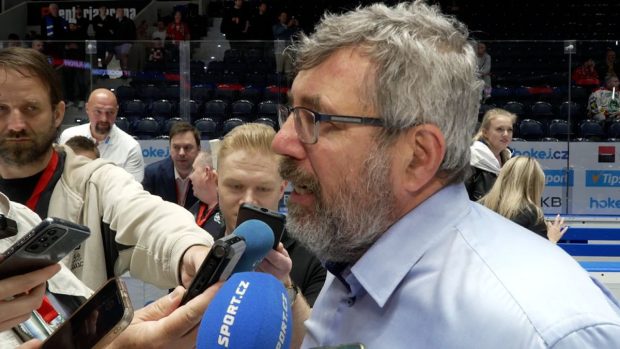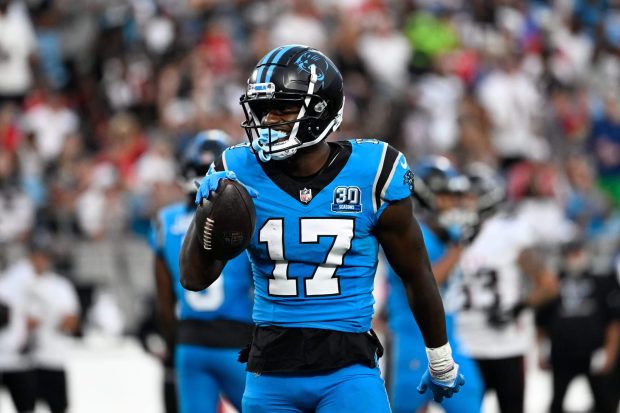AUGUSTA, Ga. — Any Masters fan can play through the sweep of Augusta National’s holes in their sleep: the wide left swing of No. 2, the steep dive of No. 10, the bold and tantalizing challenge of No. 13. But only the true magnolia aficionados know that there was almost a 19th hole on the world-famous golf course.
It’s true. In the initial designs for Augusta National, Dr. Alister MacKenzie created a short, 19th hole at the request of the club’s co-founders, Clifford Roberts and Bobby Jones. The plan was in keeping with many golf courses of the day. The 19th hole isn’t just an easy nickname for the post-round bar; what the Scots dubbed the “bye hole” is a popular feature of many courses, particularly in Europe.
Advertisement
“Clifford Roberts, Grantland Rice and some of the other governors thought it might be interesting to have a real nineteenth hole, so that the loser could have the opportunity of getting his money back by playing double or quits,” MacKenzie wrote of his designs. “This nineteenth hole will be an attractive plateau green, narrow at one end, where the flag will usually be placed, but wide at the other end so as to give a safety route to the player who has not the courage or skill to pitch to the narrow end of the green.”
Augusta National’s 19th — named “Double or Quits,” the British version of “double or nothing” — would have run about 90 yards, with a tee box between what’s now the 9th and 18th greens, running roughly parallel to the clubhouse. The green would have been what’s now Augusta National’s putting green.
(Taylar Sievert/Yahoo Sports illustration)
So what scotched the 19th hole? The aesthetic reason was that a 19th hole would have impeded the view of the course from the clubhouse; the real reason was money, or the lack thereof. In sharp contrast to the vast financial resources available to the club now, the early days of Augusta National were marked by financial concerns that bordered on desperation.
Advertisement
“They definitely wanted to do it. They were going to build two golf courses,” says David Owen, Augusta National historian and author of The Making of The Masters. “They were going to have big (clubhouse) windows looking out over that part of the course, and then they couldn’t build that either. Everybody was for it, they wanted to do it, and they didn’t have the dough.”
The lost 19th hole was emblematic of the larger financial challenges that faced Augusta National in its earliest, pre-World War II days. Initial plans for the club, which opened in December 1932, included riding trails and tennis courts, as well as two dozen real estate lots around the property.
“It’s amazing. They tried for 20 years to sell real estate next to the golf course, and they never could,” Owen says. “The only customer was a guy who was a member, and he bought two lots, just above the first green.” One of Roberts’ last acts was to buy that property and tear down the house, which was clearly visible from the first tee.
Want to feel even more regret? Consider that in Augusta National’s earliest days, initiation fees were $350 — about $7,000 in today’s dollars — and annual dues were $60. Augusta National actively sought out members — Roberts’ initial goal was a membership base of 1,800, approximately twice what the number is today — and the application was an index card. Few were returned, and after three years of drives, Augusta National’s membership stood at … 76.
Advertisement
“After the war, finances gradually improved,” Owen says. “It really shows you what it was like to try to build a golf club during the Great Depression.”
It’s fortunate from a logistics standpoint that the 19th wasn’t built. The tee box became the first driving range for the club, out across the massive area now bracketed by the 18th and 9th fairways and 2nd green. In place of the 19th’s prospective green, the National built the putting green, which is both a perfect place to watch the players up close, and the site of the annual green jacket ceremony that concludes the Masters.
In any case, the 19th — like that prospective second course — is literally just a dream hole. And for the patrons and players at Augusta National, that’s just fine.
“Augusta doesn’t need a 19th hole,” Shane Lowry says. “It’s perfect just like it is.”
This news was originally published on this post .











Be the first to leave a comment